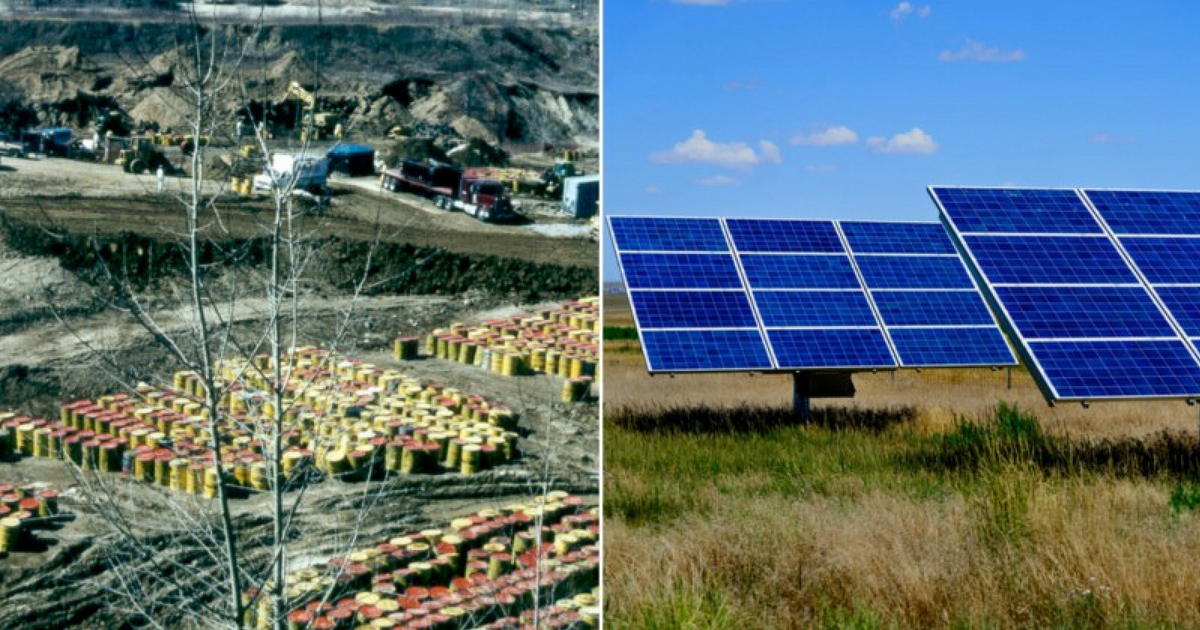
Not just for destroying thousands of acres of land where wildlife once roamed free. Now endless acres of toxic waste from their production. And they still need carbon based fuel to operate properly in massive arrays.
Solar panel disposal in “regular landfills [is] not recommended in case modules break and toxic materials leach into the soil,” the Electric Power Research Institute determined in a 2016 study.
There is growing concern over the possibility of rainwater washing cadmium out of panels and into the environment. In Virginia, for example, a group of locals are pushing back against a proposal to construct a 6,350-acre solar farm in Spotsylvania County.
“We estimate there are 100,000 pounds of cadmium contained in the 1.8 million panels,” Sean Fogarty of Concerned Citizens of Fawn Lake stated to Shellenberger. “Leaching from broken panels damaged during natural events — hail storms, tornadoes, hurricanes, earthquakes, etc. — and at decommissioning is a big concern.”
Who woulda thunk it?
More @ Green Activists Now Worried About Mountain of Toxic Waste from Their Solar Panels


